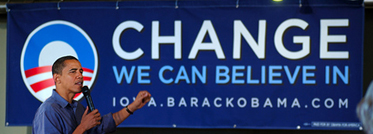There is no memory and all signs of the immediate past are carefully erased – democrats dynamited Dimitrov’s mausoleum as the authorities did with the last of the mosques after the liberation in 1877; tourist guides replace the communist past with references to Roman ruins. Why should memory block the freedom of the present to move, reinvent itself? Foreign friends often tell us that the charm of the city is in its disorder, its dirt, its chaos, in the liberty it allows to paint one’s house or not to paint it, to plant roses in the yard or tomatoes. The ethos of modernization is probably the reason why we locals resist such a vision and refuse to accept that what surrounds us could be real.
Sofia is growing – who knows whether it won’t soon reach the three-million mark? It flows elusively in a southeasterly direction and up the mountain, producing pleasant towered mansions and postmodern office blocks, leaving behind the ugly northern part of the city, with the one-storey houses, the misery, abandoning even its cemeteries. The city is flowing, fleeing itself. If its inhabitants have become fluid, working part time in Spain or Greece and part time at home, if they are half-way between village and city, between capitalism and state socialism, then what else could one expect than a fluid city?
more from Eurozine here.









 In the Left Business Observer, Henwood on
In the Left Business Observer, Henwood on 





